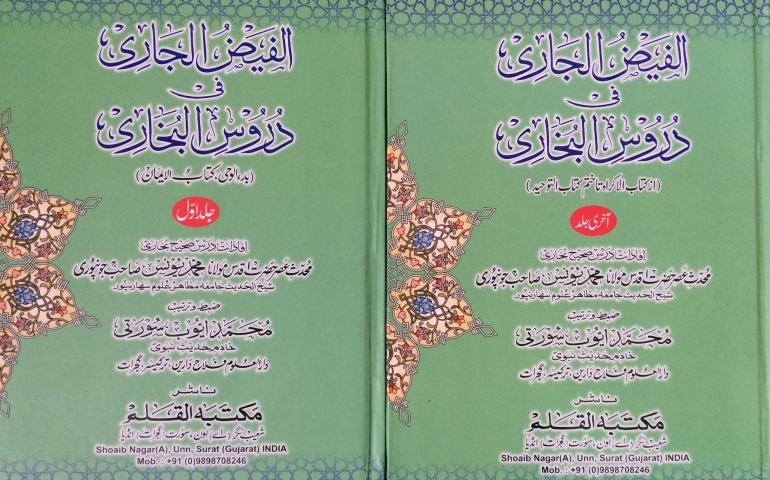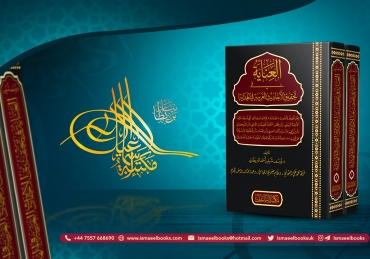Ten differences between the Arabic and Urdu Ṣaḥīḥ Bukhārī commentaries of Shaykh Muḥammad Yūnus Jownpūrī
Further to receiving the first and last volumes of al-Fayḍ al-Jārī fī Durūs al-Bukhārī in Urdu of our teacher Muḥaddith al-ʿAṣr Shaykh al-Ḥadīth Mawlānā Muḥammad Yūnus Jownpūrī (d. 1438/2017), I was asked on Facebook to highlight the main differences between this and Nibrās al-Sārī fī Riyāḍ al-Bukhārī, two volumes of which have been published to date. I quickly penned ten differences which are outlined here:
- Nibrās is Arabic. This is Urdu.
- Nibrās is primarily based on Shaykh’s own writings and notes. This is based on ḍurūs (lessons) from 1972 and 1982.
- Nibrās is brief and succinct. This is much more detailed, elaborate and has things not in Nibrās as Shaykh would teach from his notes as well as his memory.
- Nibrās is more up to date and reflects Shaykh’s latest views and therefore has things not in this Urdu commentary.
- Nibrās (at least what has published so far) does not have an introduction to the science of ḥadīth and to the Ṣaḥīḥ. This does and also has a beneficial section on the rejection of ḥadīths (inkār al-ḥadīth).
- Shaykh’s durūs (lessons) had a unique feature in terms of how they were organised and presented. This is reflected in this book. This is also reflected in Nibrās but more so in this book especially as it is more elaborate.
- There are many anecdotes and discourses of elders in this book as well as the occasional Urdu and Persian poetry and personal stories and reflections. These will not be found in Nibrās.
- Nibrās is fully referenced with sources and page numbers. This is not referenced, except in a few limited places.
- Nibrās does not entail many of Shaykh’s personal views particularly on Fiqh matters and evidences. This Urdu commentary does.
- Nibrās has the benefit of up to date research including from books published in recent years. This book does not have this benefit fully. An example is the unique research in Nibrās regarding why the first narration in Ṣaḥīḥ al-Bukhārī is short and how it has been transmitted fully in some versions. This Urdu commentary does not have this research.
In short, they are both like the two eyes we possess. One cannot do away with the other.
Yusuf Shabbir
8 Rajab 1439 / 25 March 2018







Explanation of a narration in Sahih Ibn Hibban